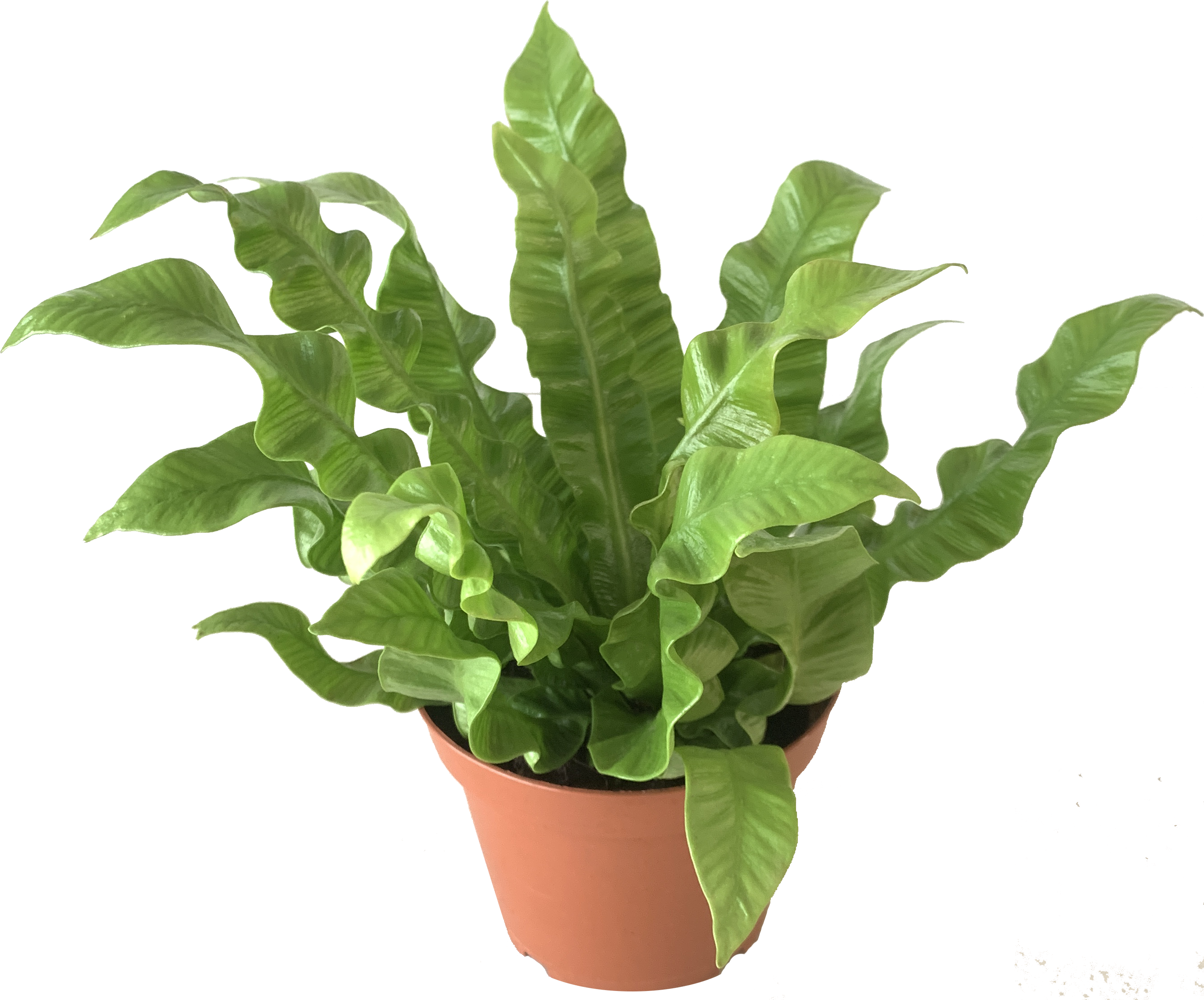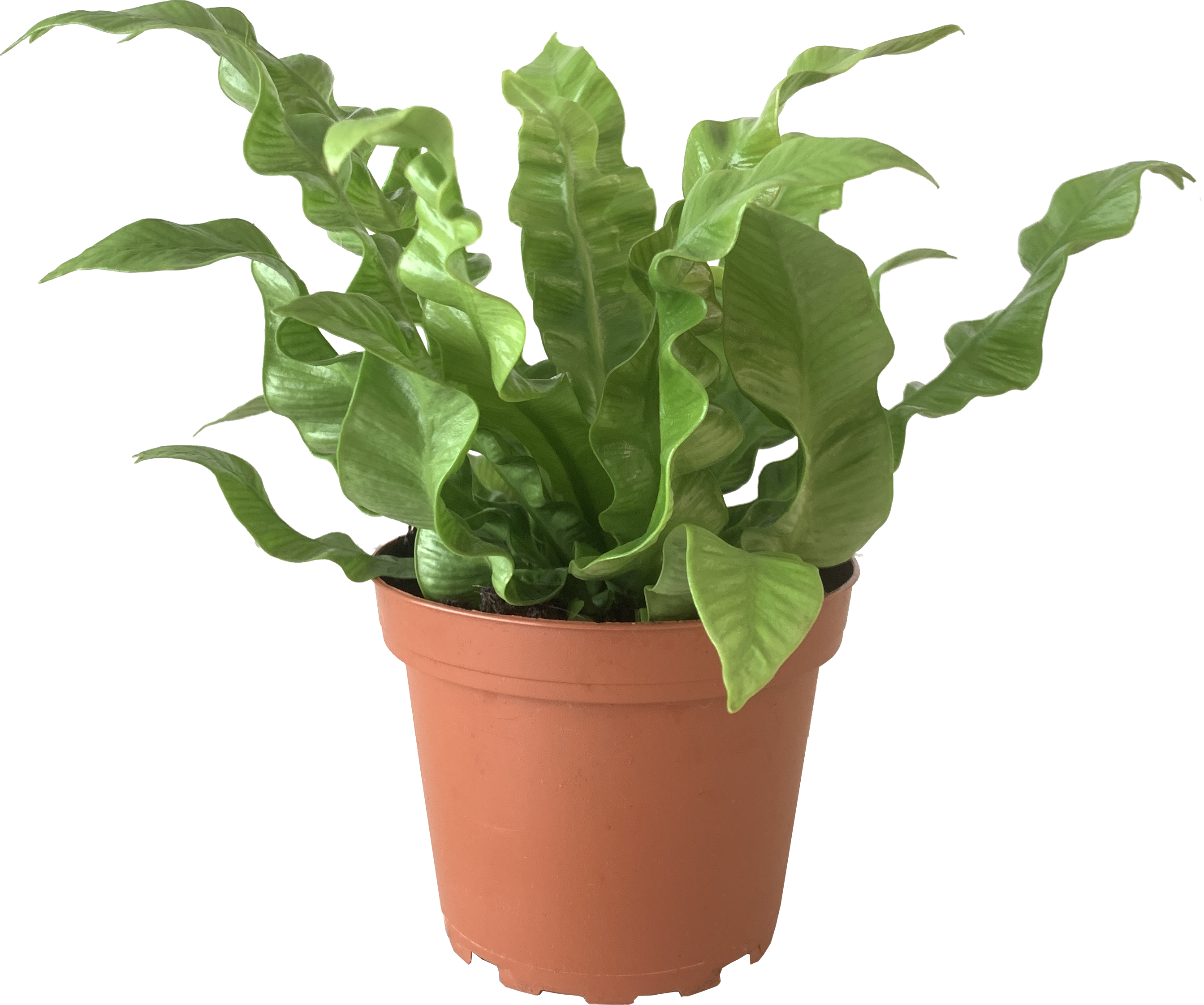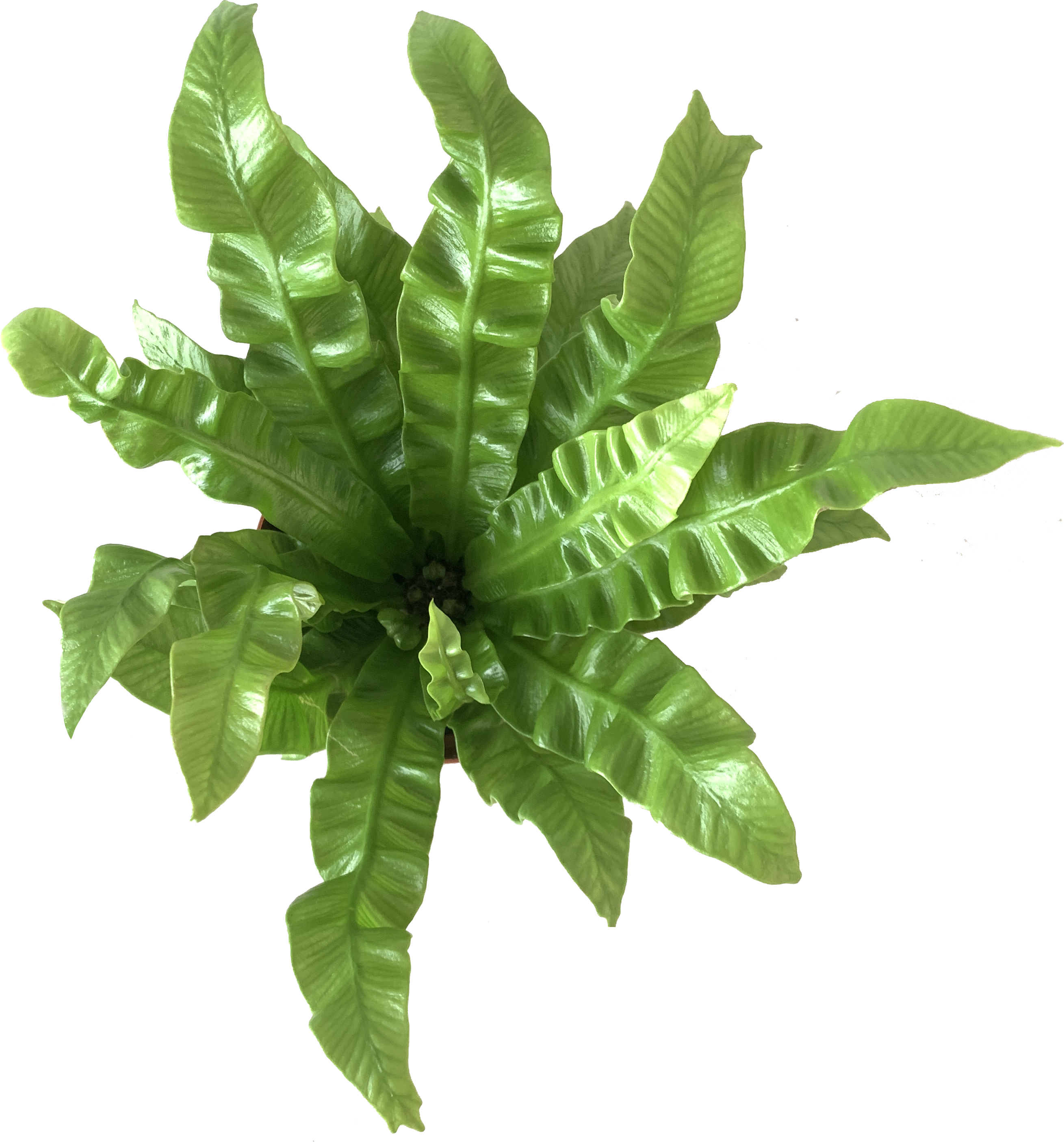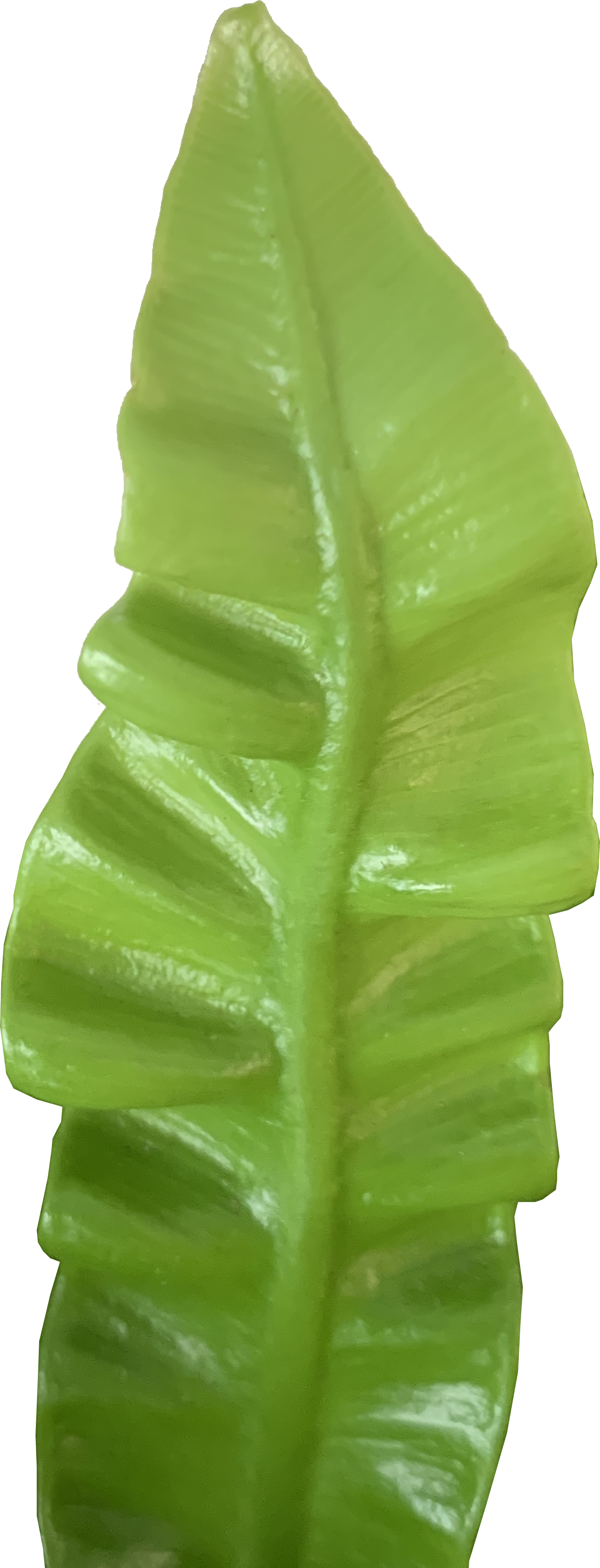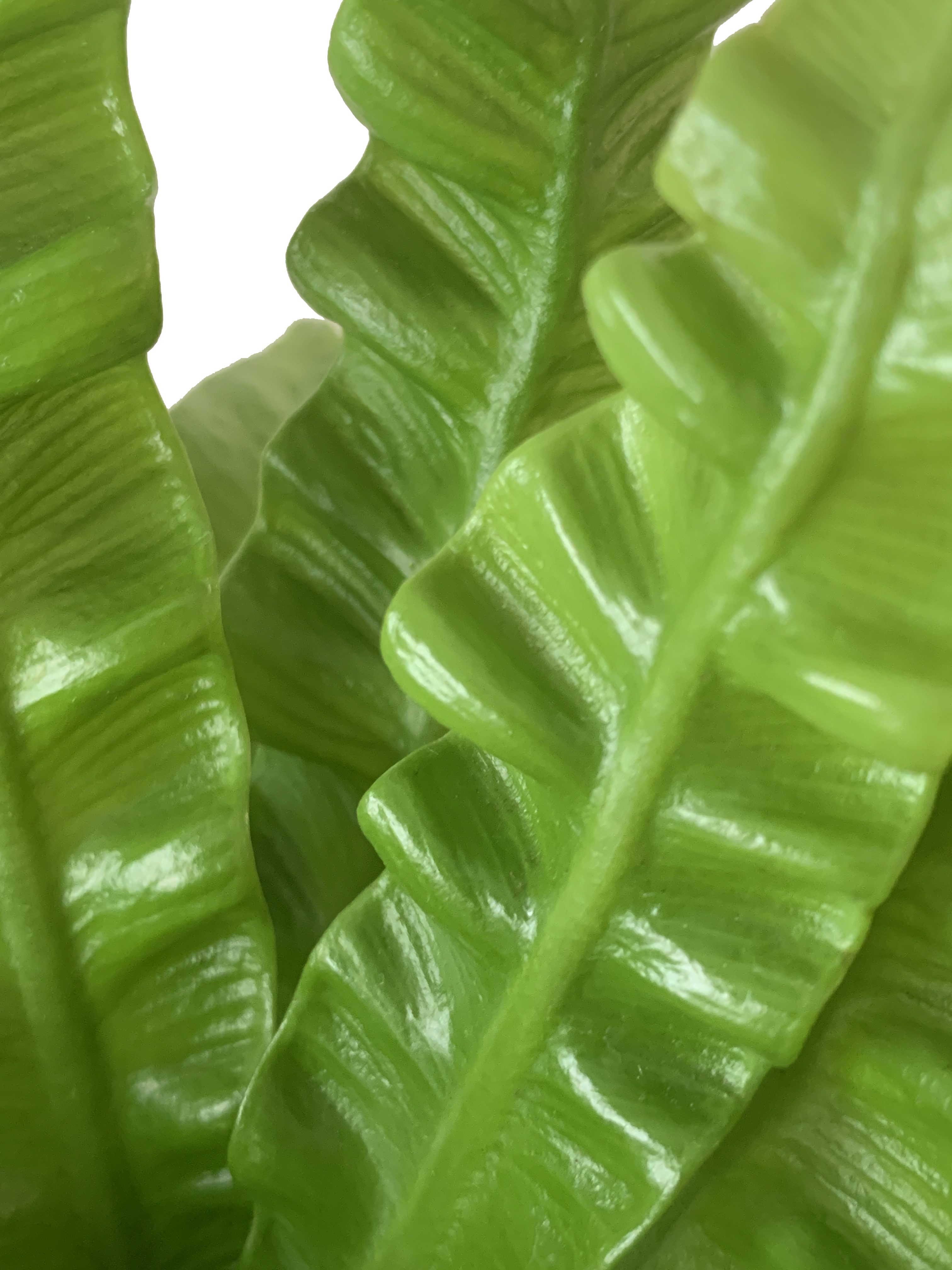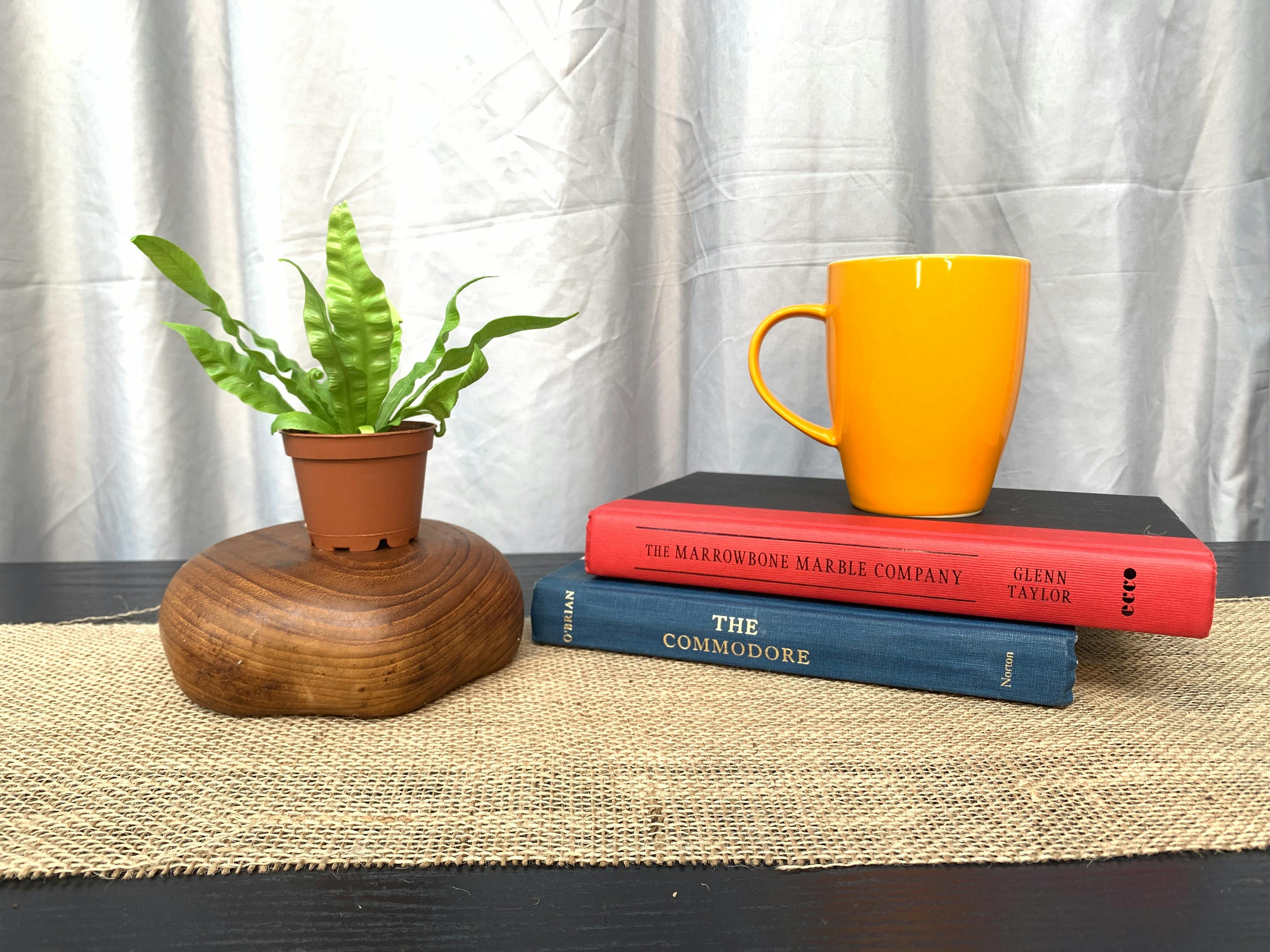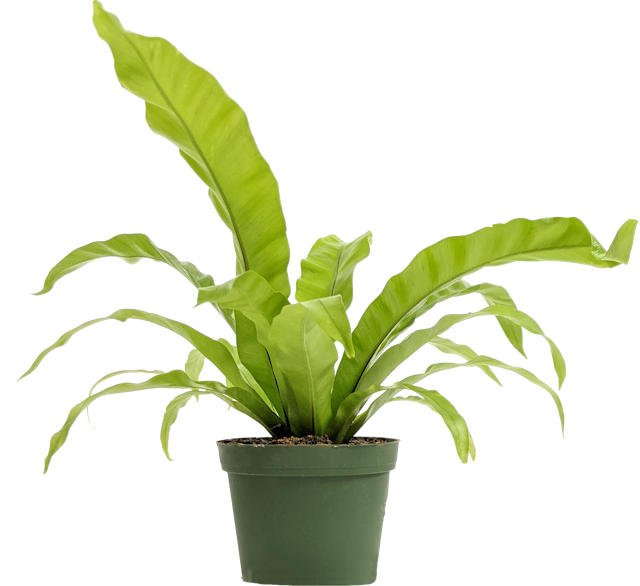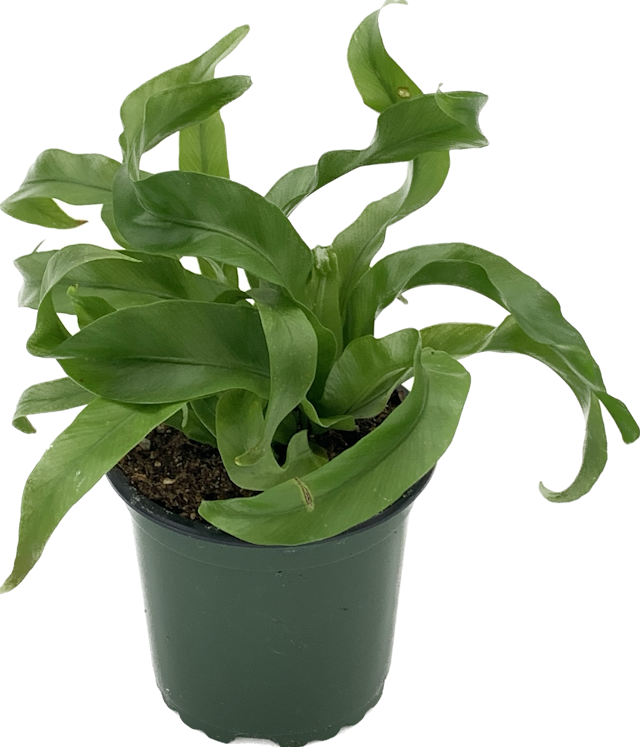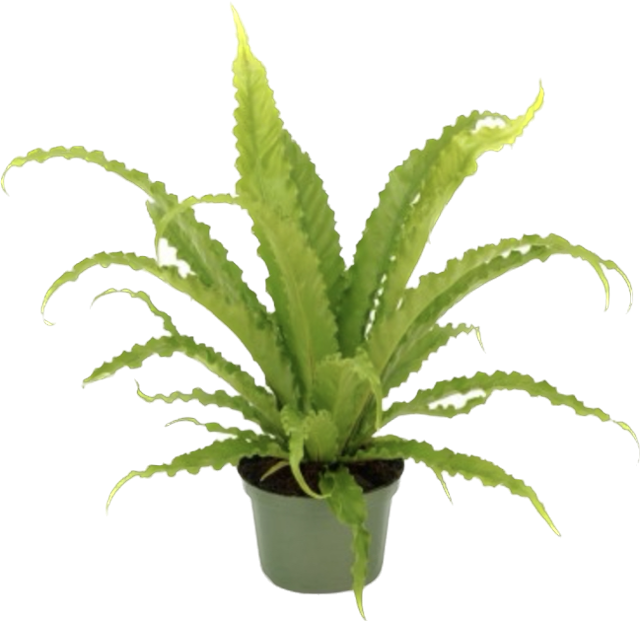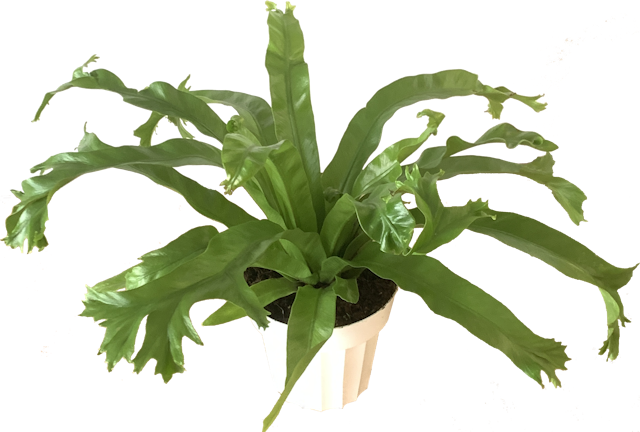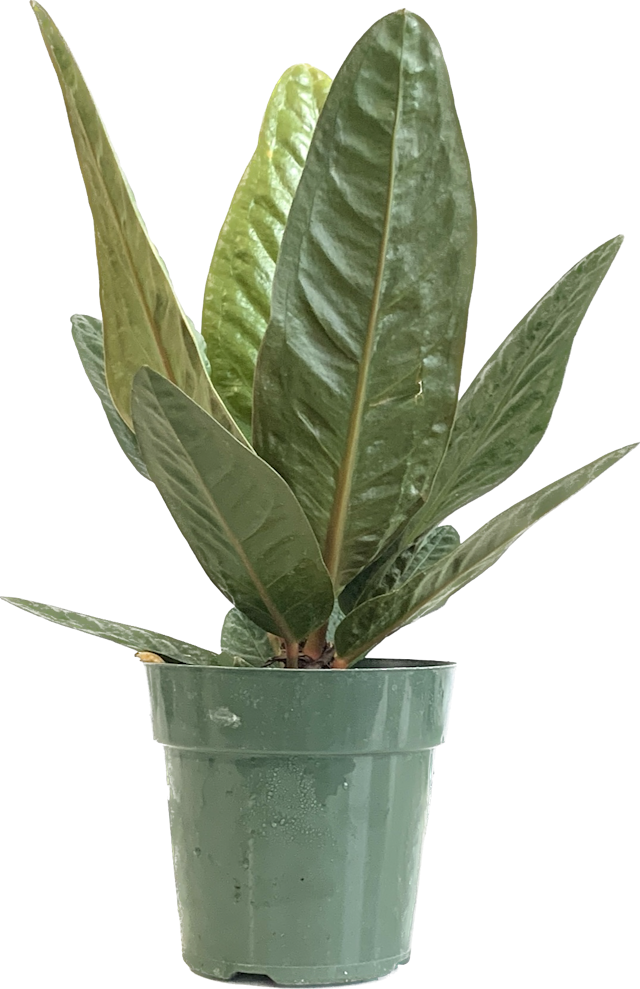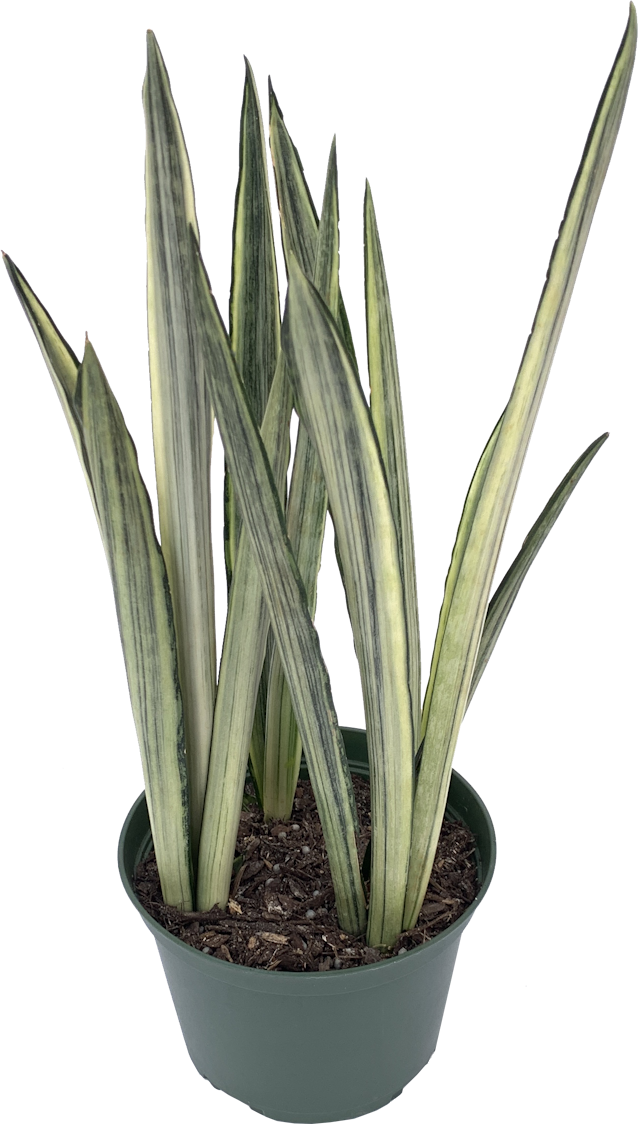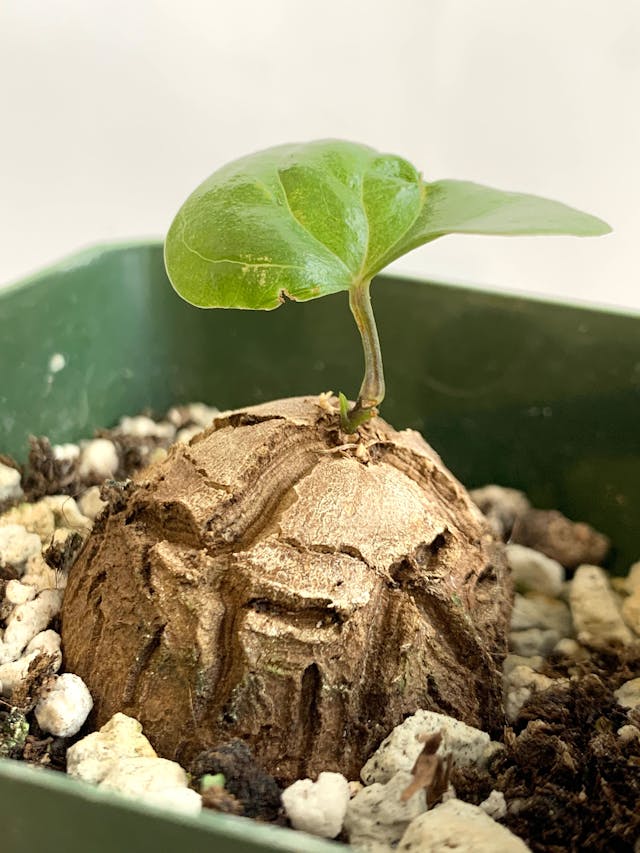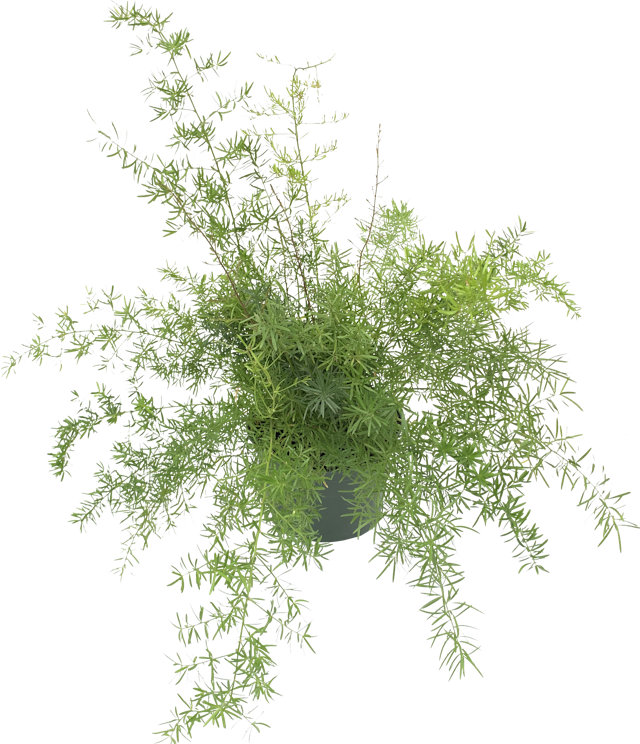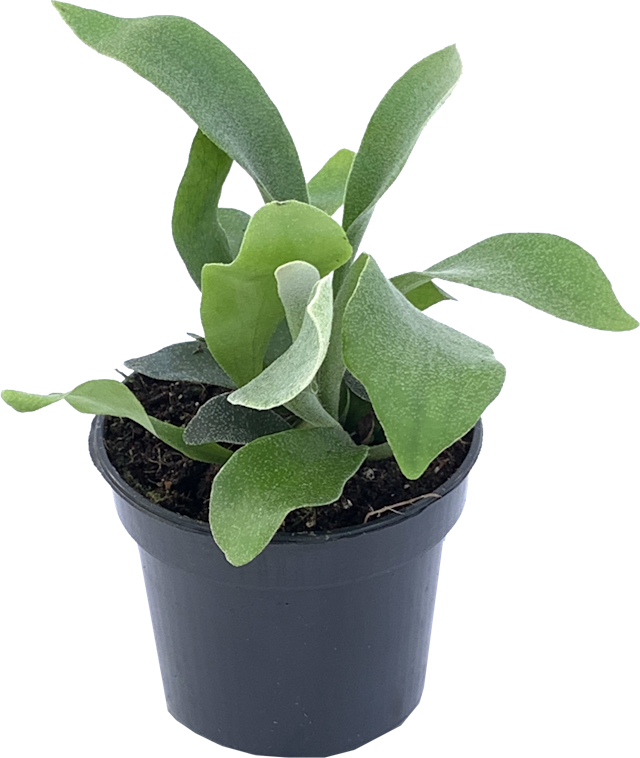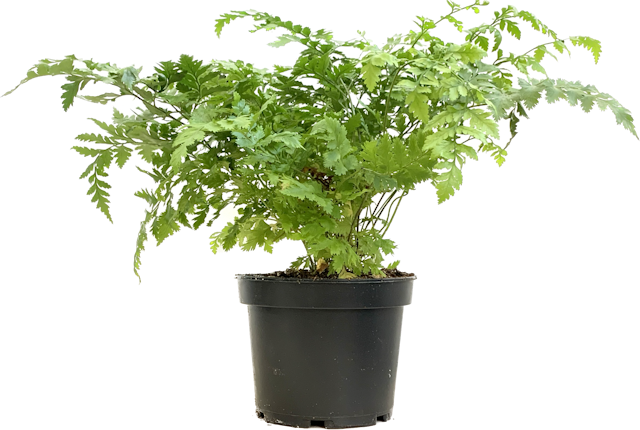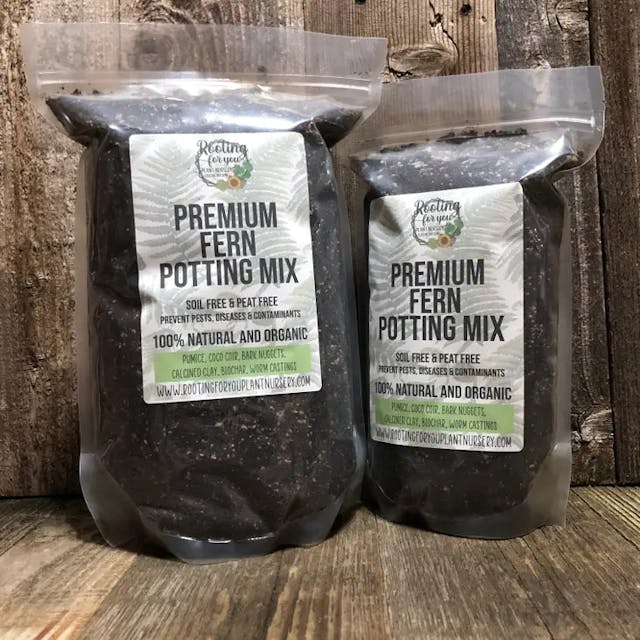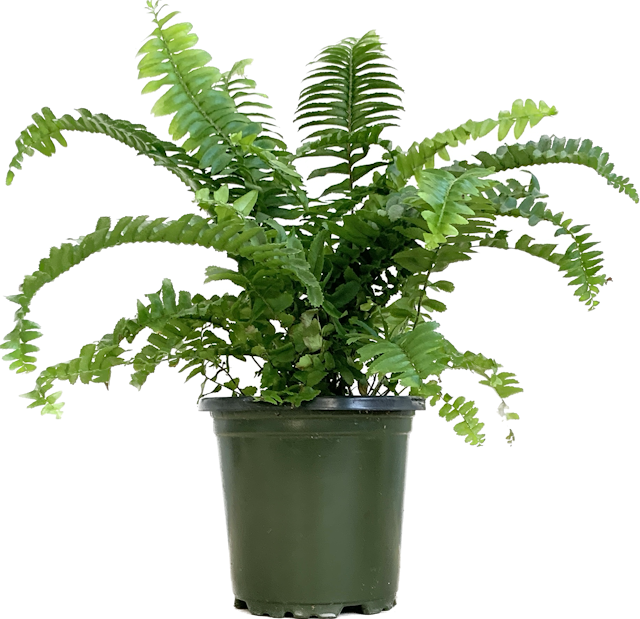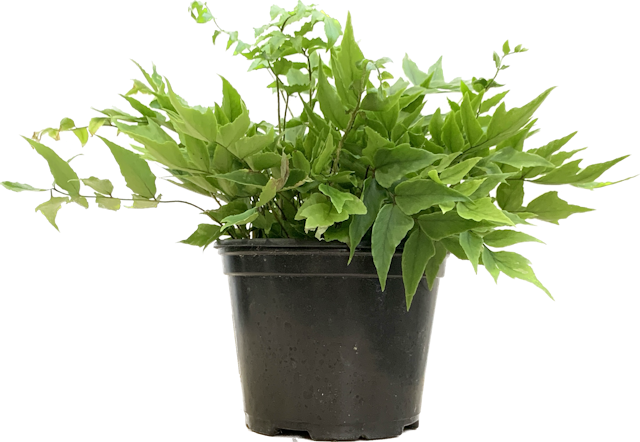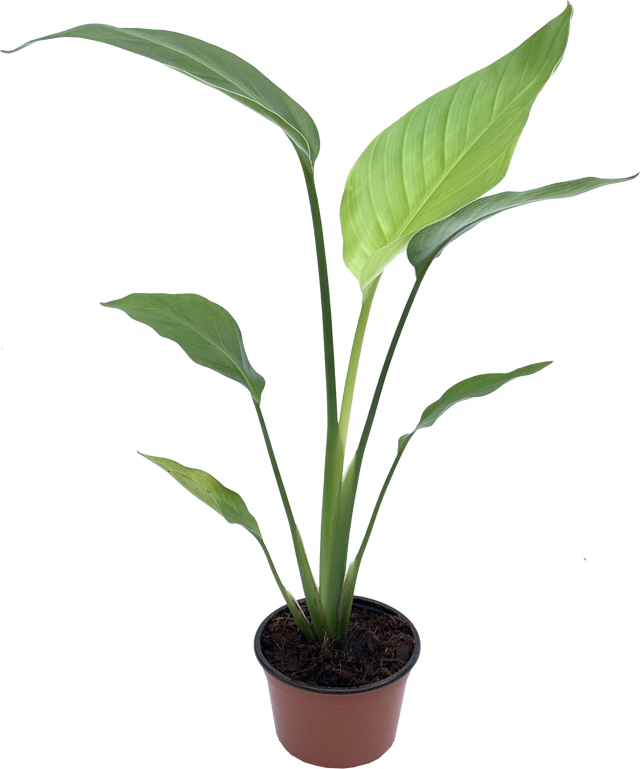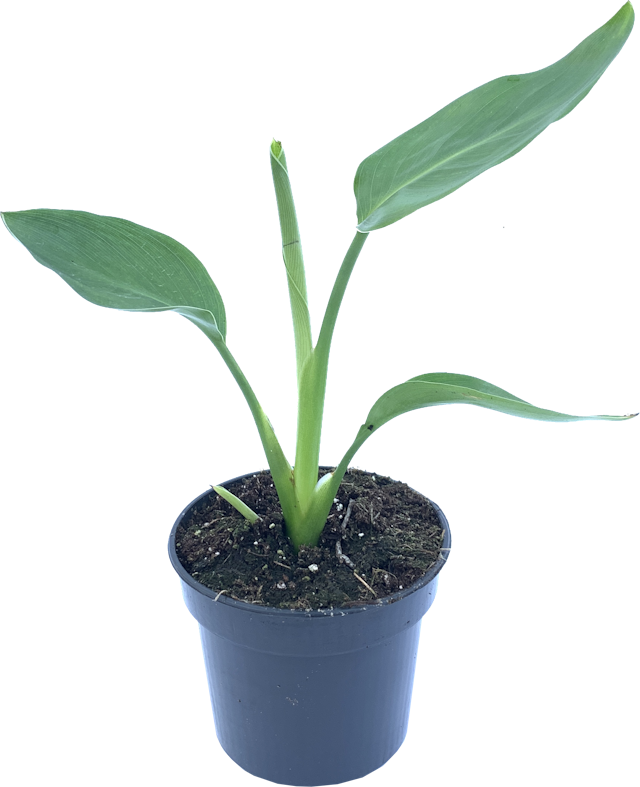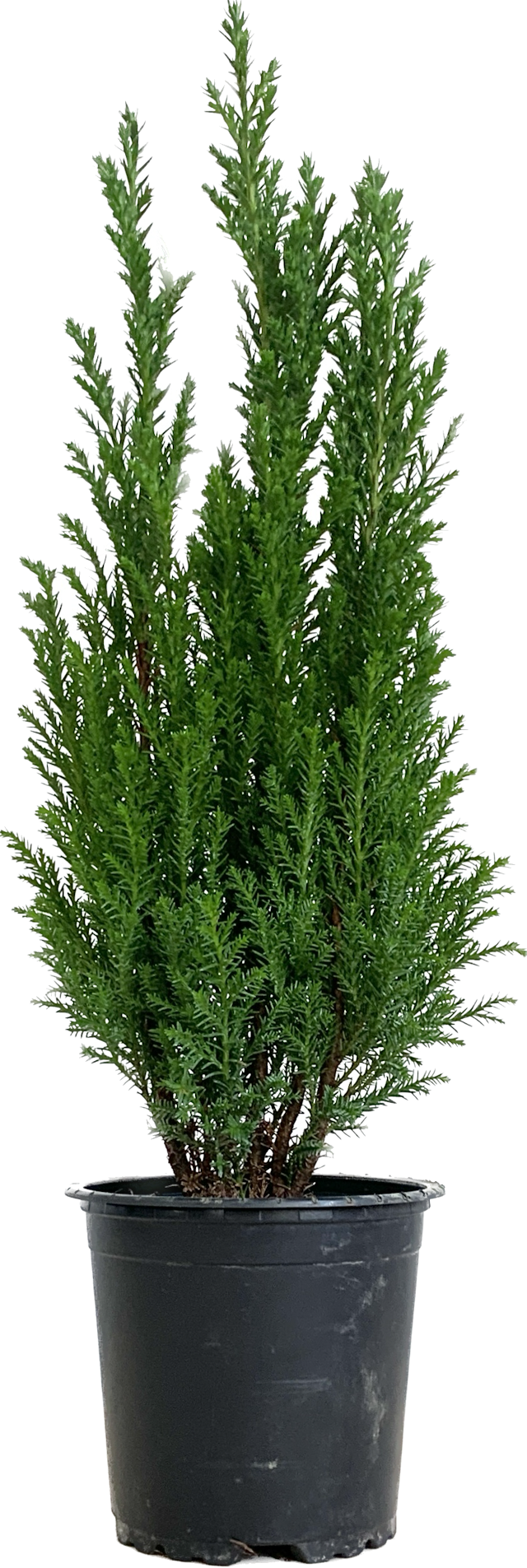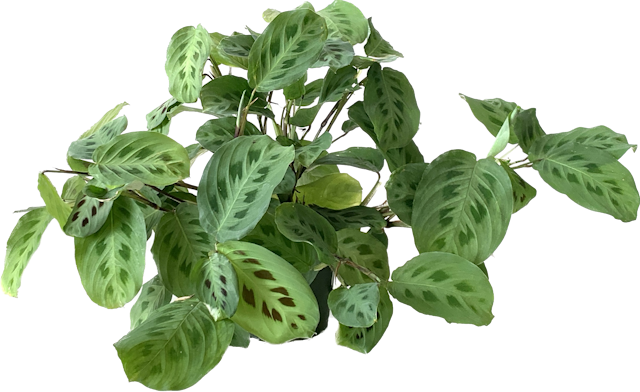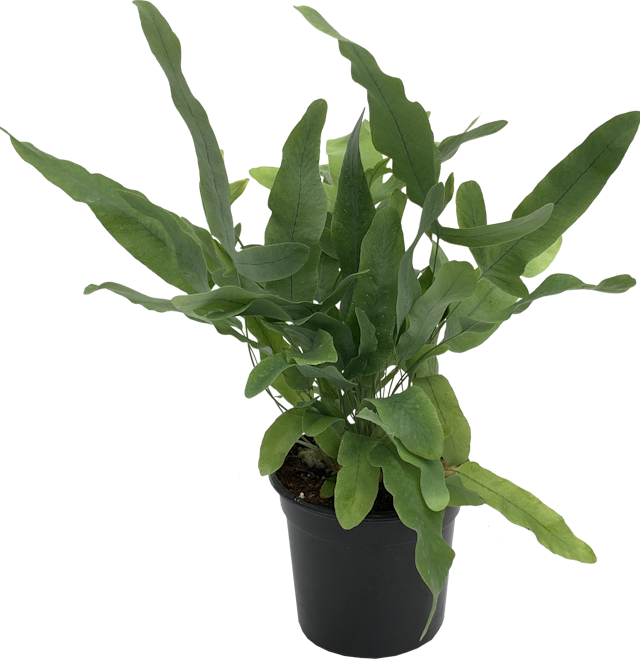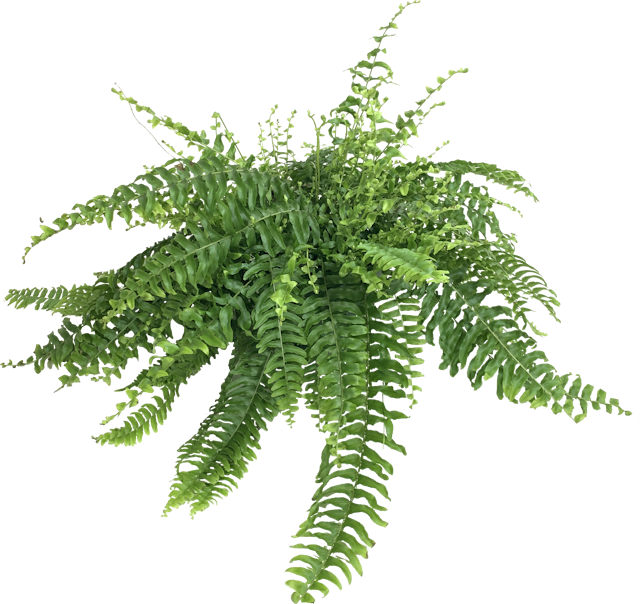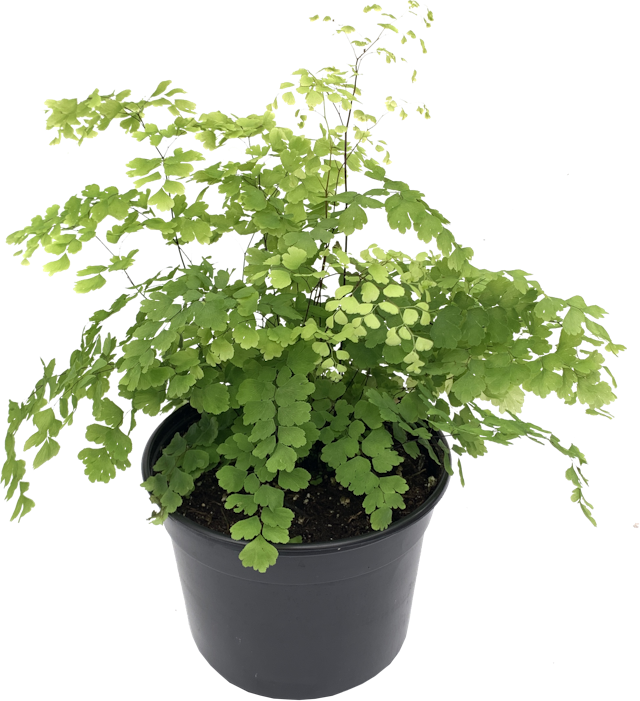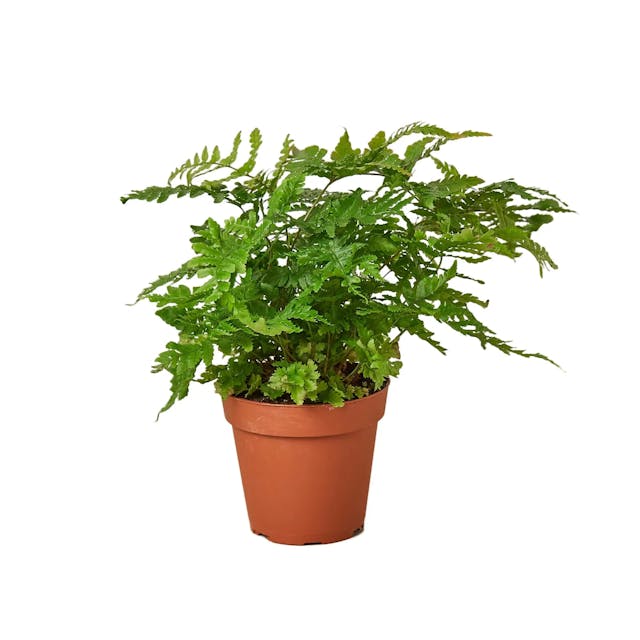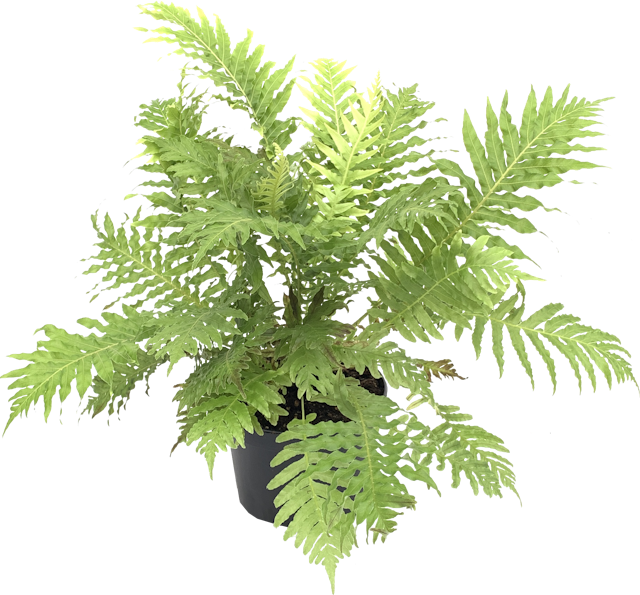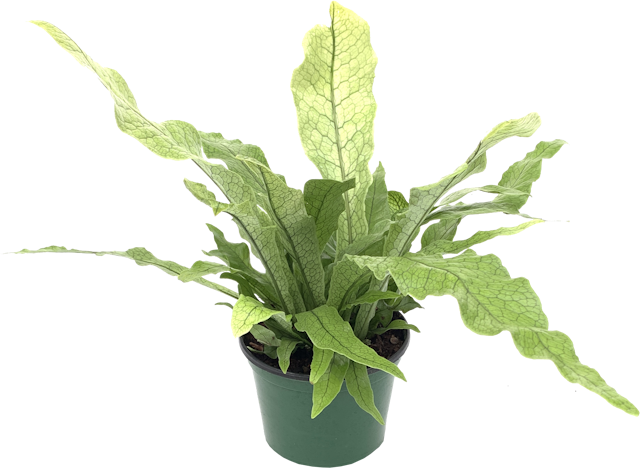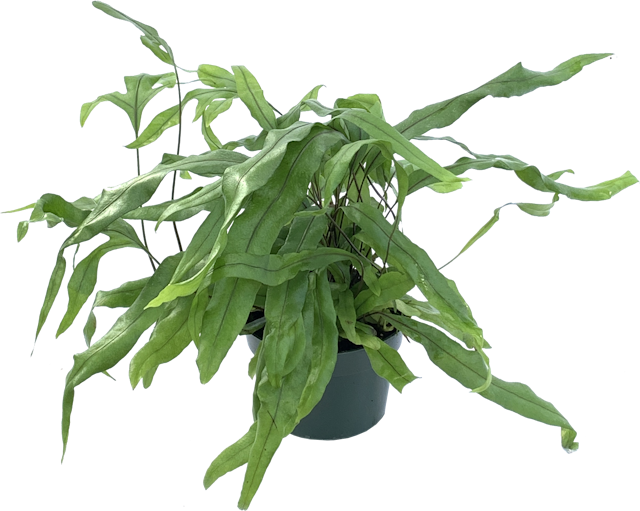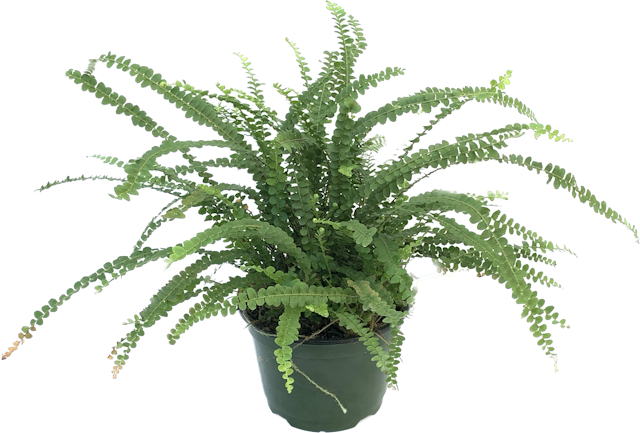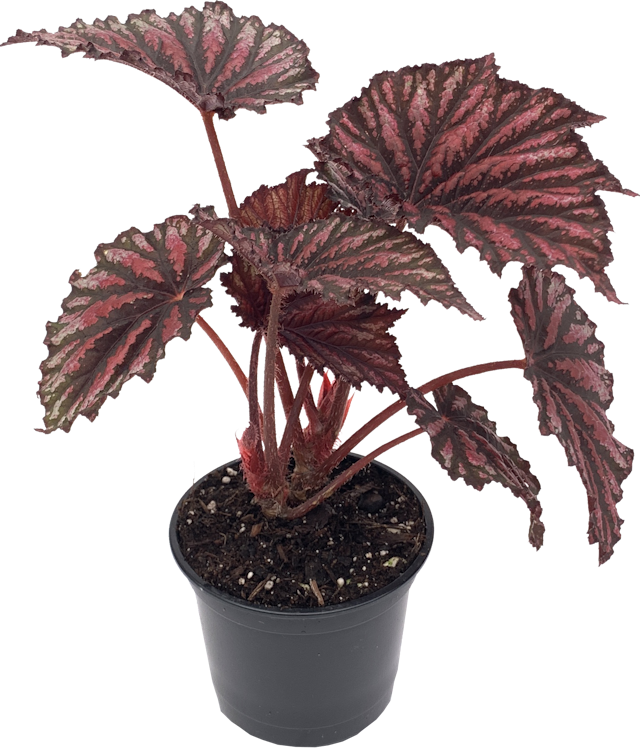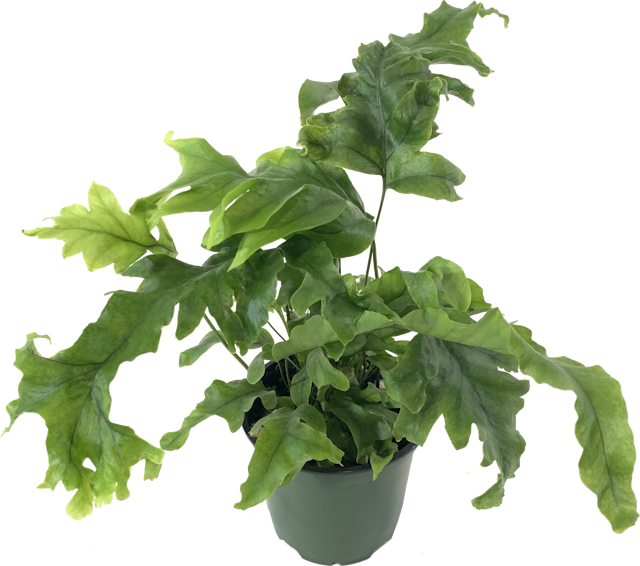Crispy Wave Bird's Nest Fern, Asplenium Nidus
Botanical Name: Asplenium nidus 'Crispy Wave'
Common Names: Crispy Wave Bird's Nest Fern, Asplenium Crispy Wave
Loading...
About
The wavy whimsy of the Crispy Wave Bird's Nest Fern and its low maintenance care profile ensure that this plant is a great choice for any plant parent. Perfect for a high humidity area of your home, these plants will thrive in a kitchen or bathroom.
Care Guide
Light Requirements
Prefers medium sunlight. Tolerates low sunlight or artificial lighting. Growth will slow in low light conditions. Bright sunlight can scorch the leaves.
Artificial Light
Direct Sun
Water Needs
Prefers to remain consistently moist. Tolerates heavy handed watering. Will not tolerate excessive drying.
Infrequent
Frequent
Soil Preference
Prefers a soil mix with moderate drainage speeds and high water retentive properties. Include a high percentage of sustainablt sourced peat moss as well as a rich organic compost mix. Drainage can be aided through the use of perlite, pumice, and bark.
Moisture Retention
Fast Drying
Retentive
Drainage Speed
Slow
Fast
